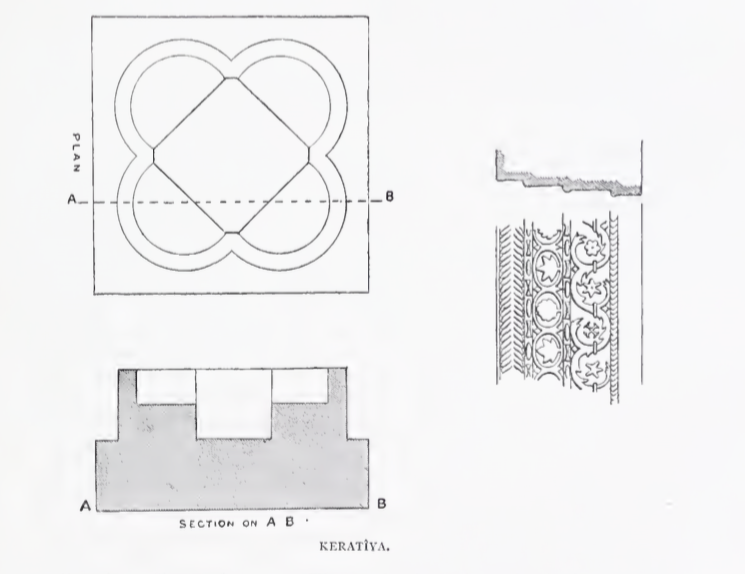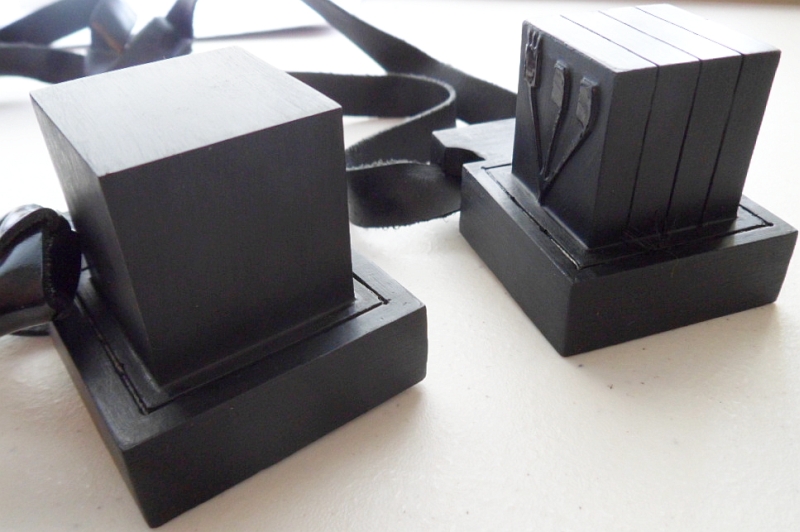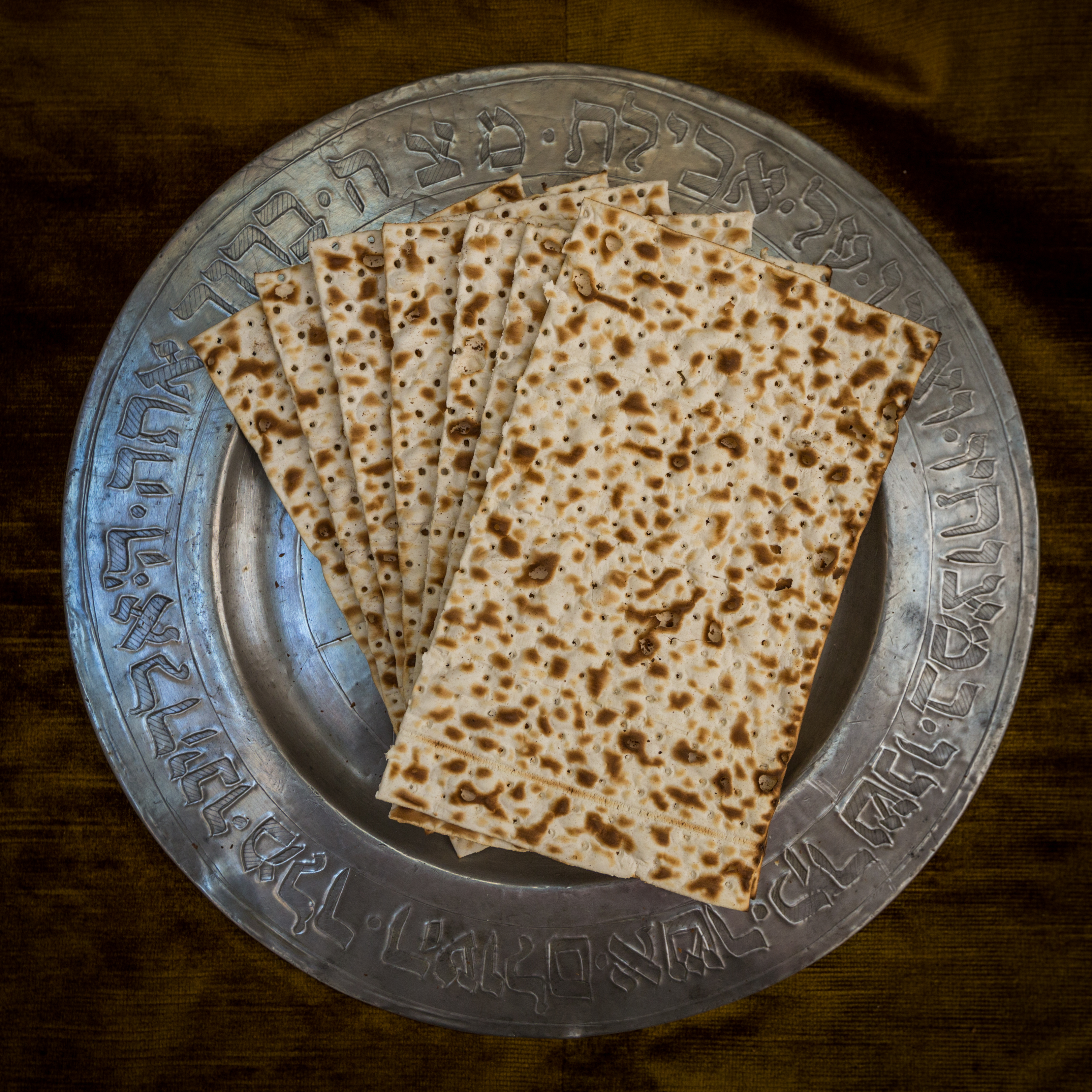|
Komemiyut
Komemiyut ( he, קוֹמְמִיּוּת, lit="sovereignty") is an Hasidic moshav in south-central Israel. Located in the southern Shephelah near Kiryat Gat, it falls under the jurisdiction of Shafir Regional Council. In it had a population of . History The group which established the village was formed as a youth group by Agudat Israel in August 1949, composed mainly of demobilized soldiers from a religious unit that had fought in the area during the 1948 Arab–Israeli War. The name is take from a biblical passage, Leviticus 26:13: After training in Nahalat Yehuda, the group founded the moshav in 1950 on land given to it by the Jewish National Fund. The village was built over the depopulated Palestinian village of Karatiyya. The moshav was built as an agricultural village, but to ensure a livelihood during the shmita year, industries were also established. The moshav has two bakeries including a matzo bakery, a dairy, a shingles factory, a marble factory, and a tefillin ... [...More Info...] [...Related Items...] OR: [Wikipedia] [Google] [Baidu] |
Karatiyya
Karatiyya ( ar, كرتيا) was a Palestinian Arab village of 1,370, located northeast of Gaza, situated in a flat area with an elevation of along the coastal plain of Palestine and crossed by Wadi al-Mufrid. History Byzantine ceramics have been found here. In the 12th century, a castle called ''Galatie'' was built on the village site by the Crusaders, it was subsequently captured by the Ayyubids under Saladin in 1187,Khalidi, 1992, p.118 and destroyed in September 1191. The place called ''Kulat el Fenish'' by the village was apparently once a church. The remains were seen in 1875: "The tower on the mound is called Kulat el Fenish. It is a solid block of masonry, standing some 20 or 30 feet in height. Near it lie shafts and bases of white marble, and an elaborate cornice, well and deeply cut. There is also a font, like that at Beit 'Auwa (Sheet XXI.), formed by four intersecting circles, and measuring 37 feet along the diameter, and 2 feet high." In 1226, Arab geogra ... [...More Info...] [...Related Items...] OR: [Wikipedia] [Google] [Baidu] |
Shafir Regional Council
Shafir Regional Council ( he, מועצה אזורית שפיר, ''Mo'atza Azorit Shafir'') is a List of regional councils in Israel, regional council in the Southern District (Israel), Southern District of Israel near the city of Kiryat Gat. The council is bordered on the north by the Be'er Tuvia Regional Council, on the east by Yoav Regional Council and Kiryat Gat, on the south by Lakhish Regional Council, and on the west by Hof Ashkelon Regional Council, Yoav Regional Council. The council is named for the Biblical city of Shafir (biblical place), Shafir. List of settlements Kibbutz *Ein Tzurim Moshavim *Eitan, Israel, Eitan *Komemiyut *Masu'ot Yitzhak *No'am *Revaha *Shalva *Shafir *Uza, Israel, Uza *Zavdiel *Zrahia Villages *Aluma *Even Shmuel *Merkaz Shapira {{Coord, 31.683, N, 34.717, E, display=title, source:cawiki Shafir Regional Council, Regional councils in Israel 1950 establishments in Israel ... [...More Info...] [...Related Items...] OR: [Wikipedia] [Google] [Baidu] |
Moshav
A moshav ( he, מוֹשָׁב, plural ', lit. ''settlement, village'') is a type of Israeli town or settlement, in particular a type of cooperative agricultural community of individual farms pioneered by the Labour Zionists between 1904 and 1914, during what is known as the second wave of ''aliyah''. A resident or a member of a moshav can be called a "moshavnik" (). The moshavim are similar to kibbutzim with an emphasis on community labour. They were designed as part of the Zionist state-building programme following the green revolution Yishuv ("settlement") in the British Mandate of Palestine during the early 20th century, but in contrast to the collective farming kibbutzim, farms in a moshav tended to be individually owned but of fixed and equal size. Workers produced crops and other goods on their properties through individual or pooled labour with the profit and foodstuffs going to provide for themselves. Moshavim are governed by an elected council ( he, ועד, ''va'a ... [...More Info...] [...Related Items...] OR: [Wikipedia] [Google] [Baidu] |
Institute For Palestine Studies
The Institute for Palestine Studies (IPS) is the oldest independent nonprofit public service research institute in the Arab world. It was established and incorporated in Beirut, Lebanon, in 1963 and has since served as a model for other such institutes in the region. It is the only institute in the world solely concerned with analyzing and documenting Palestinian affairs and the Arab–Israeli conflict. It also publishes scholarly journals and has published over 600 books, monographs, and documentary collections in English, Arabic and French—as well as its renowned #Publications, quarterly academic journals: ''Journal of Palestine Studies'', ''Jerusalem Quarterly'', and ''Majallat al-Dirasat al-Filistiniyyah''. IPS's Library in Beirut is the largest in the Arab world specializing in Palestinian affairs, the Arab–Israeli conflict, and Judaica. It is led by a Board of Trustees comprising some forty scholars, businessmen, and public figures representing almost all Arab countries. ... [...More Info...] [...Related Items...] OR: [Wikipedia] [Google] [Baidu] |
Populated Places Established In 1950
Population typically refers to the number of people in a single area, whether it be a city or town, region, country, continent, or the world. Governments typically quantify the size of the resident population within their jurisdiction using a census, a process of collecting, analysing, compiling, and publishing data regarding a population. Perspectives of various disciplines Social sciences In sociology and population geography, population refers to a group of human beings with some predefined criterion in common, such as location, Race (human categorization), race, ethnicity, nationality, or religion. Demography is a social science which entails the statistical study of populations. Ecology In ecology, a population is a group of organisms of the same species who inhabit the same particular geographical area and are capable of Sexual reproduction, interbreeding. The area of a sexual population is the area where interbreeding, inter-breeding is possible between any pai ... [...More Info...] [...Related Items...] OR: [Wikipedia] [Google] [Baidu] |
Religious Israeli Communities
Religion is usually defined as a social-cultural system of designated behaviors and practices, morals, beliefs, worldviews, texts, sanctified places, prophecies, ethics, or organizations, that generally relates humanity to supernatural, transcendental, and spiritual elements; however, there is no scholarly consensus over what precisely constitutes a religion. Different religions may or may not contain various elements ranging from the divine, sacred things, faith,Tillich, P. (1957) ''Dynamics of faith''. Harper Perennial; (p. 1). a supernatural being or supernatural beings or "some sort of ultimacy and transcendence that will provide norms and power for the rest of life". Religious practices may include rituals, sermons, commemoration or veneration (of deities or saints), sacrifices, festivals, feasts, trances, initiations, funerary services, matrimonial services, meditation, prayer, music, art, dance, public service, or other aspects of human culture. Religions have sa ... [...More Info...] [...Related Items...] OR: [Wikipedia] [Google] [Baidu] |
Moshavim
A moshav ( he, מוֹשָׁב, plural ', lit. ''settlement, village'') is a type of Israeli town or settlement, in particular a type of cooperative agricultural community of individual farms settler, pioneered by the Labor Zionism, Labour Zionists between 1904 and 1914, during what is known as the Second Aliyah, second wave of ''aliyah''. A resident or a member of a moshav can be called a "moshavnik" (). The moshavim are similar to kibbutzim with an emphasis on community labour. They were designed as part of the Zionist state-building programme following the green revolution Yishuv ("settlement") in the Mandatory Palestine, British Mandate of Palestine during the early 20th century, but in contrast to the collective farming kibbutzim, farms in a moshav tended to be individually owned but of fixed and equal size. Workers produced crops and other goods on their properties through individual or pooled labour with the profit and foodstuffs going to provide for themselves. Mosha ... [...More Info...] [...Related Items...] OR: [Wikipedia] [Google] [Baidu] |
Talmud Torah
Talmud Torah ( he, תלמוד תורה, lit. 'Study of the Torah') schools were created in the Jewish world, both Ashkenazic and Sephardic, as a form of religious school for boys of modest backgrounds, where they were given an elementary education in Hebrew, the scriptures (especially the Torah), and the Talmud (and ''halakha''). This was meant to prepare them for ''yeshiva'' or, particularly in the movement's modern form, for Jewish education at a high school level. The Talmud Torah was modeled after the ''cheder'', a traditional form of schooling whose essential elements it incorporated, with changes appropriate to its public form rather than the ''cheder's'' private financing through less formal or institutionalized mechanisms, including tuition fees and donations. In the United States, the term ''Talmud Torah'' refers to the afternoon program for boys and girls after attending public school. This form of Jewish education was prevalent from the mid–19th century through "the ... [...More Info...] [...Related Items...] OR: [Wikipedia] [Google] [Baidu] |
Shabbat
Shabbat (, , or ; he, שַׁבָּת, Šabbāṯ, , ) or the Sabbath (), also called Shabbos (, ) by Ashkenazim, is Judaism's day of rest on the seventh day of the week—i.e., Saturday. On this day, religious Jews remember the biblical stories describing the creation of the heaven and earth in six days and the redemption from slavery and The Exodus from Egypt, and look forward to a future Messianic Age. Since the Jewish religious calendar counts days from sunset to sunset, Shabbat begins in the evening of what on the civil calendar is Friday. Shabbat observance entails refraining from work activities, often with great rigor, and engaging in restful activities to honour the day. Judaism's traditional position is that the unbroken seventh-day Shabbat originated among the Jewish people, as their first and most sacred institution. Variations upon Shabbat are widespread in Judaism and, with adaptations, throughout the Abrahamic and many other religions. According to ''halakha ... [...More Info...] [...Related Items...] OR: [Wikipedia] [Google] [Baidu] |
Yeshiva
A yeshiva (; he, ישיבה, , sitting; pl. , or ) is a traditional Jewish educational institution focused on the study of Rabbinic literature, primarily the Talmud and halacha (Jewish law), while Torah and Jewish philosophy are studied in parallel. The studying is usually done through daily ''shiurim'' (lectures or classes) as well as in study pairs called '' chavrusas'' (Aramaic for 'friendship' or 'companionship'). ''Chavrusa''-style learning is one of the unique features of the yeshiva. In the United States and Israel, different levels of yeshiva education have different names. In the United States, elementary-school students enroll in a ''cheder'', post- bar mitzvah-age students learn in a ''metivta'', and undergraduate-level students learn in a ''beit midrash'' or ''yeshiva gedola'' ( he, ישיבה גדולה, , large yeshiva' or 'great yeshiva). In Israel, elementary-school students enroll in a ''Talmud Torah'' or ''cheder'', post-bar mitzvah-age students l ... [...More Info...] [...Related Items...] OR: [Wikipedia] [Google] [Baidu] |
Tefillin
Tefillin (; Modern Hebrew language, Israeli Hebrew: / ; Ashkenazim, Ashkenazic pronunciation: ), or phylacteries, are a set of small black leather boxes with leather straps containing scrolls of parchment inscribed with verses from the Torah. Tefillin are worn by adult Jews during weekday morning prayers. In Orthodox Judaism, Orthodox and traditional communities, they are worn solely by men, while some Reform Judaism , Reform and Conservative Judaism, Conservative (Masorti) communities allow them to be worn by both men and women. By traditional Jewish Law (halacha), women are exempt from most time-dependent positive commandments. Although "tefillin" is technically the plural form (the singular being "tefillah"), it is often used as a singular as well. The arm-tefillah (or ''shel yad'' [literally "of the hand"]) is placed on the upper (non-dominant) arm, and the strap wrapped around the forelimb, hand and middle finger; while the head-tefillah (or ''shel rosh'' [literally "of the ... [...More Info...] [...Related Items...] OR: [Wikipedia] [Google] [Baidu] |
Matzo
Matzah or matzo ( he, מַצָּה, translit=maṣṣā'','' pl. matzot or Ashk. matzos) is an unleavened flatbread that is part of Jewish cuisine and forms an integral element of the Passover festival, during which '' chametz'' (leaven and five grains that, per Jewish Law, are self-leavening) is forbidden. As the Torah recounts, God commanded the Israelites (modernly, Jews and Samaritans) to eat only unleavened bread during the seven day Passover festival. Matzah can be either soft like a pita loaf or crispy. Only the crispy variety is produced commercially because soft matzah has a very short shelf life. Matzah meal is crispy matzah that has been ground to a flour-like consistency. Matzah meal is used to make matzah balls, the principal ingredient of matzah ball soup. Sephardic Jews typically cook with matzah itself rather than matzah meal. Matzah that is kosher for Passover is limited in Ashkenazi tradition to plain matzah made from flour and water. The flour may be w ... [...More Info...] [...Related Items...] OR: [Wikipedia] [Google] [Baidu] |










